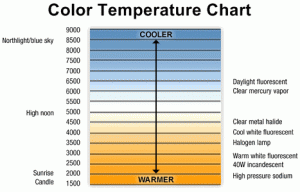I’ve been asked a few times what “LEED AP” means when handing out my business card. It’s a great question- many acronyms on our business cards don’t have an obvious association or meaning.
You’ve heard of Energy Star, “Passive House”, and probably even “Living Buildings”. Well, LEED (Leadership in Energy and Environmental Design) is another rating system for different types of healthy, efficient, and cost-saving buildings. The “AP” afterwards stands for “Accredited Professional”. LEED accredited professionals have demonstrated a deep knowledge of green building practices which they use when building (or remodeling) to select good sites, efficiently use water and electricity (or reuse & generate its own), responsibly use/reuse materials, and even ensure that the indoor air is healthy. These things create better, cleaner environments for occupants, whether it’s a commercial or residential building. The great thing about LEED is that third party verification of many of these categories is required so that there is a built-in checks and balances to certification. Furthermore, systems management insures that the building continues to perform well, educating the occupants or maintenance staff so they can produce the best results.
The LEED certification process adds up points for each possible way that the building performs well, conserves resources, saves or creates energy, reduces impact or carbon footprint, etc. in giving a building a “certified”, silver, gold, or platinum rating- a sort of crown for the building.
My original LEED accreditation in 2009 was in LEED for New Construction (before LEED for HOMES existed!), which specifically focused on buildings that are newly built from the ground up. My profession in architecture at the time was not quite as savvy as we are today about green building, but the momentum and pressure was increasing (especially in Portland and along the west coast) for more efficient buildings, and it was important to me to do what I could to help the planet. So I studied and studied, took a LEED class and passed my exam. At the time, many builders weren’t aware of or weren’t using LEED certification or Energy Star, and the Passive House was a sci-fi dream.
LEED and other green rating systems have evolved a lot since then- now there are more ways to get points for LEED certification, different LEED categories (hello, LEED for HOMES), technologies have evolved, and have even become more efficient. The accreditation categories for professionals have also evolved.
Fast forward to now- LEED is one of the leading rating systems for green buildings and is globally recognized. There’s even LEED Canada! After starting my home inspection company after architecture, I changed my accreditation from LEED for New Construction to LEED AP (“Accredited Professional”, without specialty), which is a more general/non-specific credential. I still use the knowledge everyday when making simple recommendations like, “Insulate and weather strip attic access for better energy efficiency.” Time and energy well spent.

